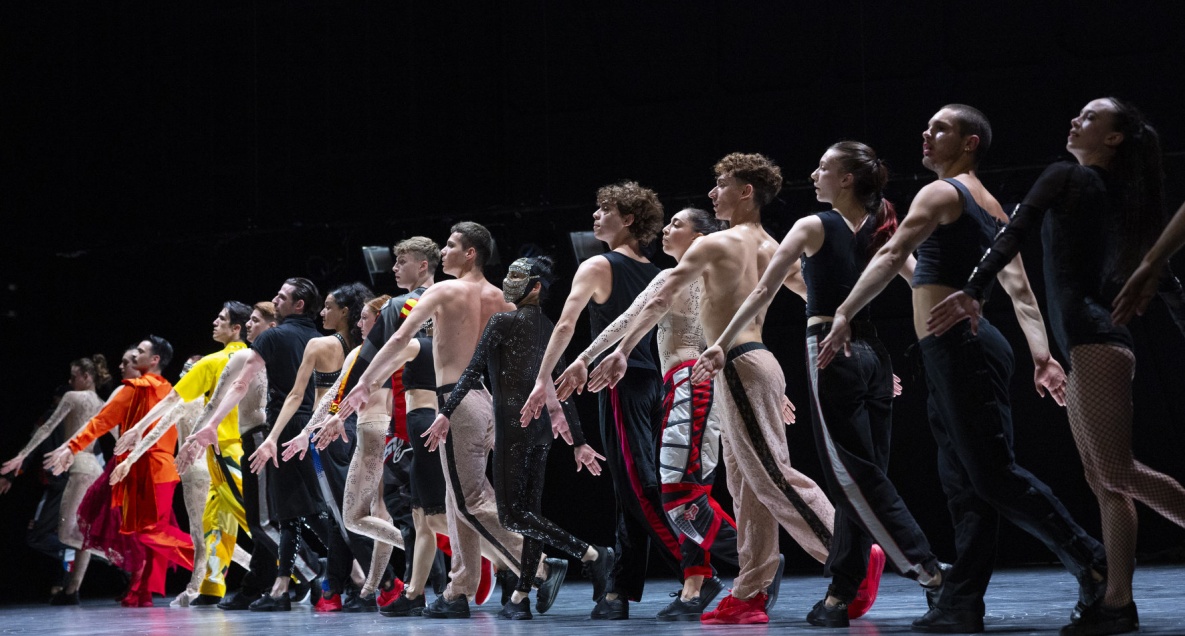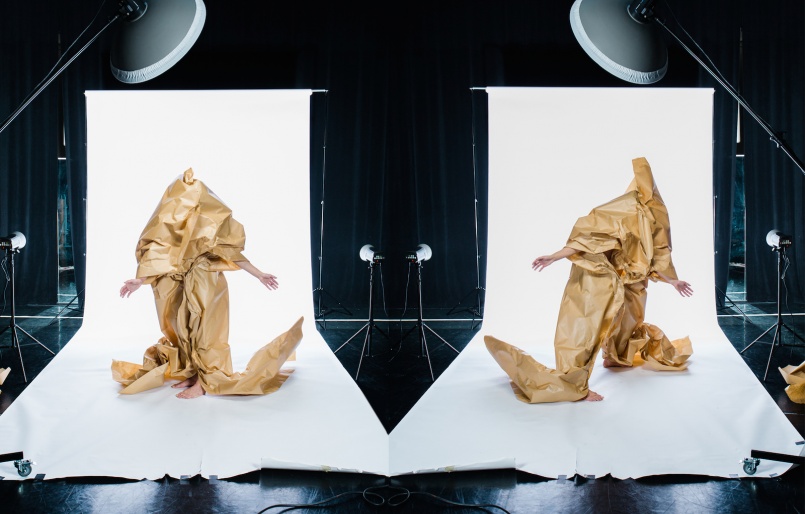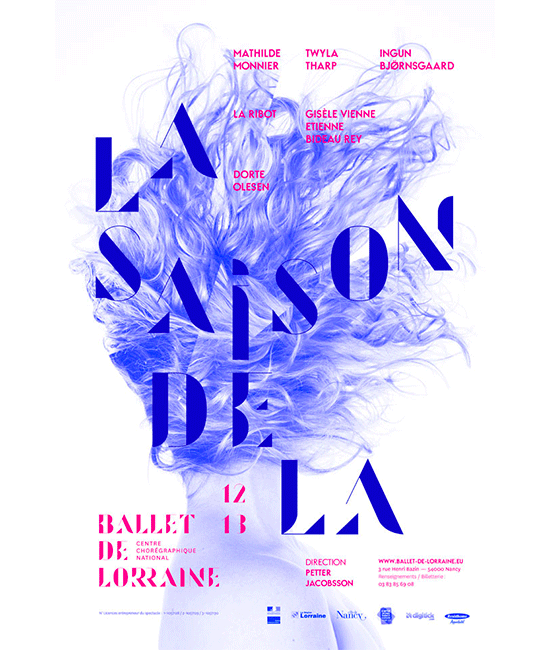Identity
As of 2011 the Centre Chorégraphique National (CCN) – Ballet de Lorraine is under the general and artistic direction of Petter Jacobsson. The company has a long and varied history, having passed from contemporary dance company to classical ballet. Starting in 1999, with the re-establishing of its original label of a National Choreographic Centre, it began a period of focus toward, and as of 2011, dedication to contemporary dance, its history and practices.

How do the performing arts play an active role in our current society?
The word current is vital as it enforces what we understand as one of our primary roles as a cultural center, to reflect, teach and question how we may continue to be relevant in an ever-changing environment. Remaining in step is a vast question and one we take great pleasure delving into. How may working and creative processes continue to evolve, and how will these evolutions gather and reinforce or audiences? Through our artistic, educational, and out-reach programing together with our collaborations, we as a CCN are granted incredible opportunities to assemble people of all ages and backgrounds. We gather to enjoy and question what dance, as with all artforms, can offer to the public dialogue.
Each artistic season is programed and curated around a theme, by Petter Jacobsson together with Thomas Caley. These titles/ideas/themes allow our organization to fucus its programing season around a more specific subject matter, whether it be music, the collective, the unknown, feminism or our dance history.
Location
Located in the center of the city of Nancy, near the place Stanislas, the CCN – Ballet de Lorraine is established on a building site which once housed a shoe factory, next door to which in the early 2000s was a building housing a car dealership.

Various renovations and construction projects have resulted in the creation of three studio spaces, one of which can accommodate bleacher seating for 100 spectators.


History
The Centre Chorégraphique National - Ballet de Lorraine, is located at 3, rue Henri Bazin in Nancy. Its origins although begin already in 1968, in the creation of the Ballet Théâtre Contemporain (BTC), an initiative established for the Maison de la Culture in Amiens, as a Centre Chorégraphique by Jean-Albert Cartier. As the first decentralized company to prioritize choreographic creation, the BTC, after a stopover at the Theatre of Angers, established itself permanently in Nancy. After the departure of Jean-Albert Cartier, the organization, which has had several different organizational names and artistic directions, under the direction of Patrick Dupond, Pierre Lacotte, Françoise Adret and Didier Deschamps and currently Petter Jacobsson. We must note the importance of the role played by André Larquié, President of the Centre Chorégraphique National – Ballet de Lorraine from 1998 to June of 2014, who had a great influence in the installation of the BTC in Nancy in 1978. At present its location at the intersection of the historical center of the city of Nancy and the new Meurthe et Canal quartier, the Centre Chorégraphique National (this label having been re-established in 1999) - Ballet de Lorraine is a vibrant venue for creation and research specific to contemporary and classical dance, with an artistic vision on par with national and international levels. The CCN – Ballet de Lorraine was awarded “the best company of 2021” from the national critic’s association of France.
Petter Jacobsson follows Didier Deschamps as Director of the CCN – Ballet de Lorraine, with a declared mission to make it a major cultural center, highlighting the exploration of new perspectives offered by the choreographic arts.
Didier Deschamps is named the Director of the Centre chorégraphique national – Ballet de Lorraine, offering an artistic mission which explores the diversity of choreographic creation.
Having been awarded the prestigious Centre chorégraphique national “label,” the Ballet National of Nancy and Lorraine becomes the Centre chorégraphique national - Ballet de Lorraine with a new orientation toward contemporary dance and choreographic creation. Françoise Adret becomes the Director and supervises the artistic transition for one year.
Pierre Lacotte succeeds Patrick Dupond, choosing some of the classical and romantic masterpieces which contributed to his international reputation. The company is renamed the Ballet National of Nancy and Lorraine.
Jean-Albert Cartier is named Director of the Palais Garnier and of the Festival of the City of Paris. Patrick Dupond, a danseur étoile at the Ballet of the Paris Opera, is named Artistic Director of the French Ballet of Nancy.
The French Ballet Theatre of Nancy becomes the French Ballet of Nancy.
Created as part of the choreographic decentralization process begun on September 1, 1978, the Ballet-Théâtre contemporain is relocated in Nancy and becomes the Ballet-Théâtre français, under the artistic direction of Jean-Albert Cartier. His role is to bring important choreographic works to Nancy and to the Lorraine region, and to present the company and its repertoire in France and abroad.
Relocation of the Ballet-Théâtre contemporain in Angers.
Creation of the Ballet-Théâtre contemporain at the Maison de la culture d’Amiens by Jean-Albert Cartier and Françoise Adret with the support of Ministry of Cultural affairs. The company use for the first time the label "Centre chorégraphique national".











